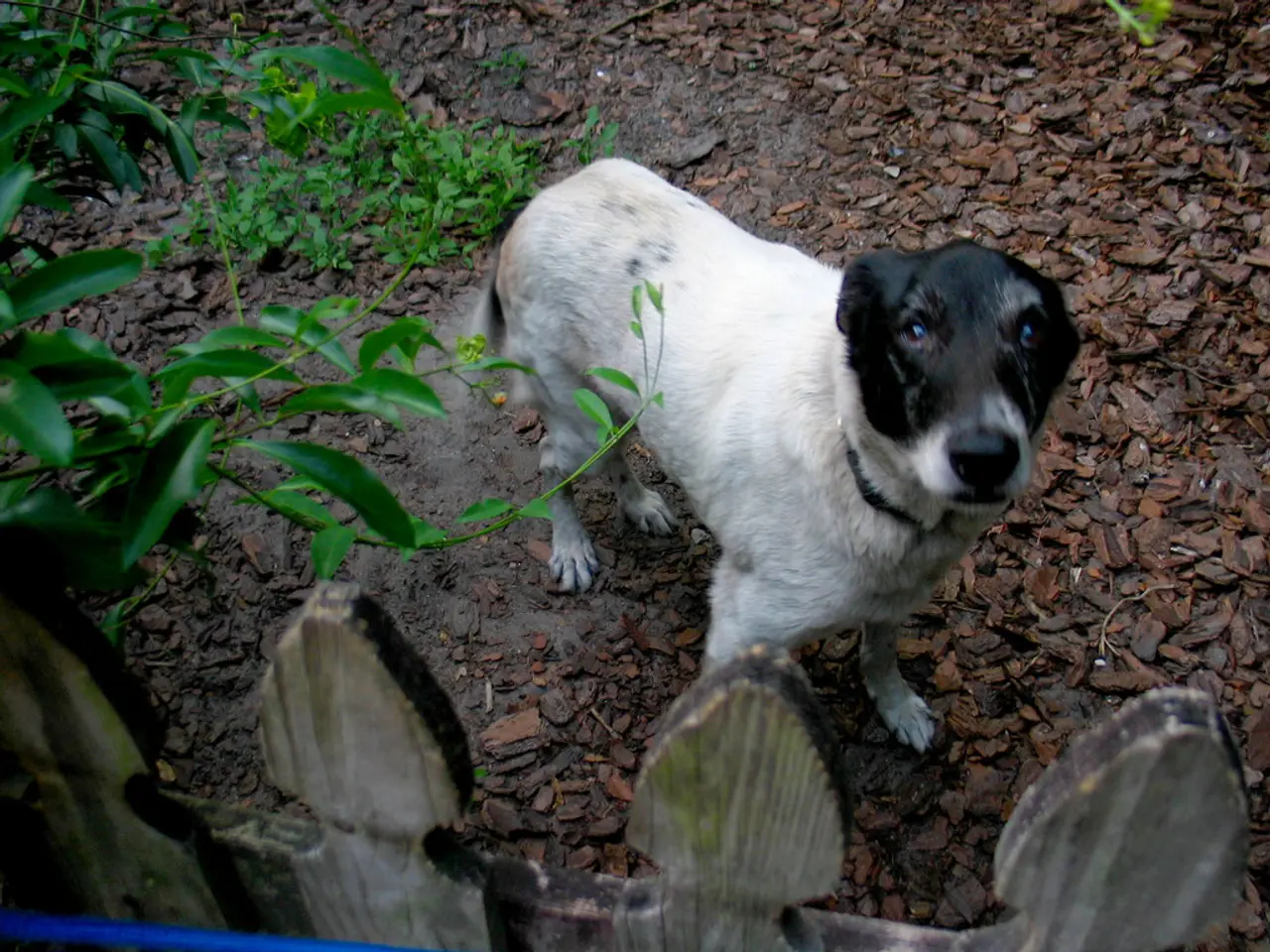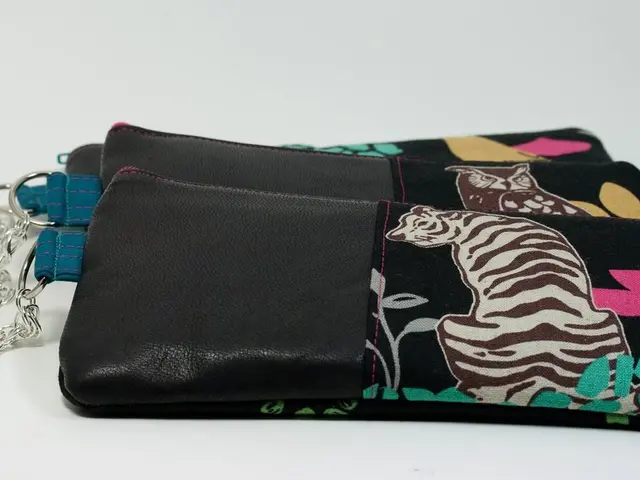Sniffer Dog Tilda Leads Unique Conservation Effort Against Anoplophora Beetle
In a unique approach to conservation, Svenja Kremling, the sole handler of an art search dog named Tilda, is using her canine partner's exceptional sense of smell to detect the Anoplophora beetle species in Lower Saxony. This innovative method, praised by the nature conservation authority, could complement traditional monitoring techniques.
Dogs' scent membranes are significantly larger than humans', allowing them to detect a vast array of scents undetectable to us. Tilda, for instance, can sniff out the invasive Anoplophora beetle, a task that would be time-consuming and costly using classic methods. Kremling, working with Dr. Annegret Grimm-Seyfarth, leads the art search dog project for the NLF and creates digital content about sniffer dogs in conservation.
Grimm-Seyfarth, an expert in the field, uses her art search dogs in multiple projects to map species for nature conservation and wildlife management. She also runs a citizen science project involving volunteers in searching for invasive alien species. Both professionals emphasize the importance of well-trained dogs and humans, as well as standardization and quality assurance in the field.
Sniffer dogs, traditionally used in police work and rescue missions, are now proving valuable in detecting rare or invasive animal and plant species. Kremling and Grimm-Seyfarth's work demonstrates the potential of this method in saving time and costs, but also highlights the need for teamwork, permits, and careful planning.








